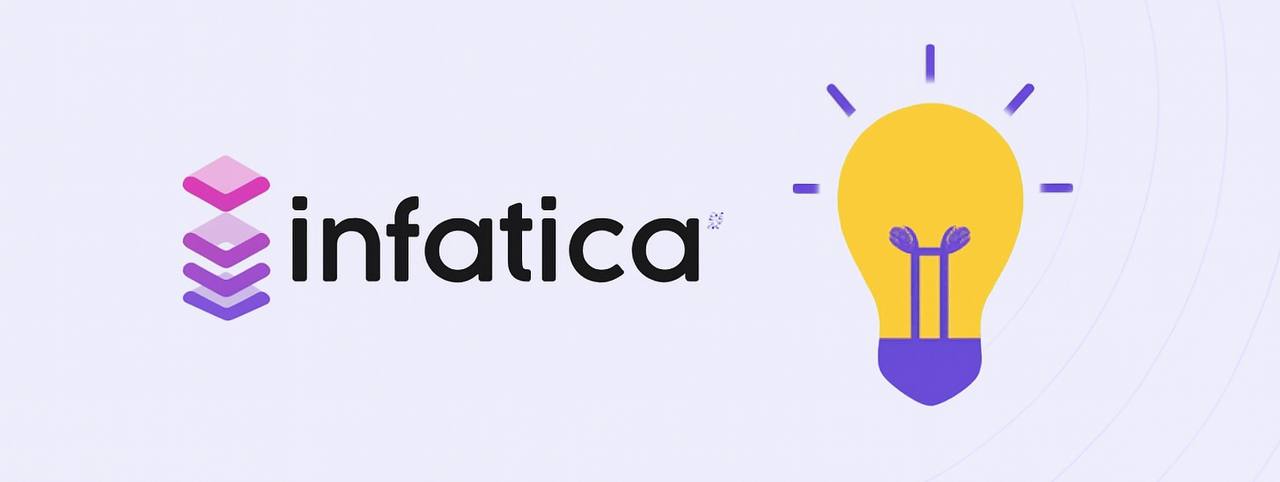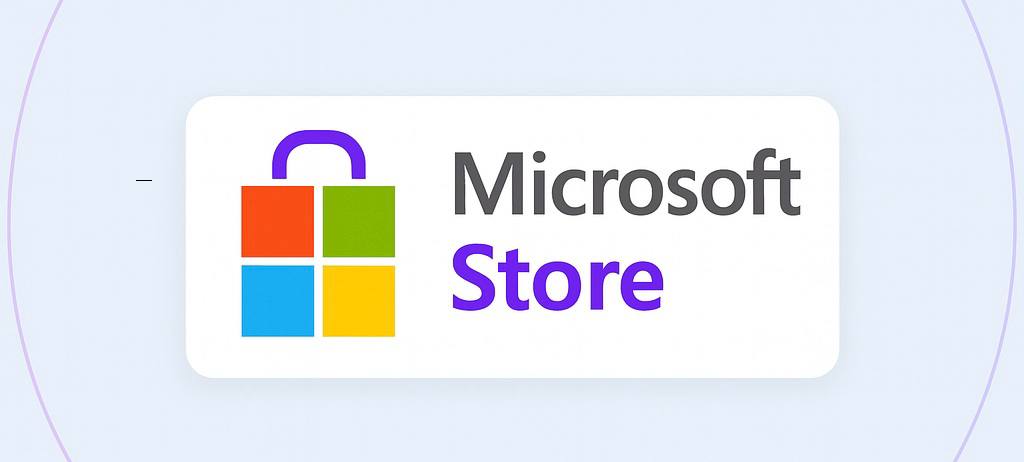Previously dominant models—ad networks, in-app purchases (IAPs), and subscriptions—are no longer delivering the same returns, particularly under tightening platform policies like those from Google Play and Microsoft. Against this backdrop, silent SDK monetization models, such as Infatica SDK, are emerging as practical and policy-compliant alternatives—especially for apps distributed through the Microsoft Store.
The Evolving Microsoft Store: AI Hubs and Low-Impact App Discovery
The Microsoft Store is undergoing a strategic transformation, highlighted by the emergence of AI Hubs—curated sections showcasing lightweight, intelligent applications. These Hubs promote apps that prioritize low CPU/GPU usage, no intrusive ads, and streamlined UX. As a result, traditional monetization tools like banner ads or interstitials are no longer viable in these curated spaces.
For developers targeting Store visibility and featured placement, adapting monetization strategies becomes essential. AI Hub inclusion favors apps that not only perform well but also respect privacy, energy usage, and visual minimalism. This directly influences how developers monetize attention and session time.

Desktop vs Mobile Monetization: A Changing Paradigm
While mobile monetization ecosystems (e.g., Android/iOS) have matured with integrated billing, rewarded ads, and deep analytics, desktop app monetization has historically lagged behind. Many Windows/macOS applications rely on licensing models or lightweight advertising, but monetizing free users—especially in countries with low purchasing power—remains a challenge.
The Microsoft Store now has over 1 billion monthly active devices across Windows 10 and 11. Yet, the average monetization per install remains significantly lower than on mobile platforms. For example, ARPDAU benchmarks for mobile casual games may reach $0.06–$0.20, while many desktop titles remain under $0.01.
SDK-based models help close this gap by introducing low-friction, zero-conversion monetization that operates silently in the background. They are not dependent on ad impressions, user engagement funnels, or purchases. This gives developers an independent revenue stream based on presence, not behavior.
Why SDK Monetization Is Gaining Traction
Infatica SDK enables passive monetization by routing idle network traffic. The SDK generates revenue without affecting UI or gameplay and is especially effective for free apps that do not rely on IAPs or ad-based monetization.
Key benefits:
- Operates silently in the background
- Fully GDPR and CCPA compliant
- Enables precise LTV tracking through Sub-ID
- Cross-platform compatibility (Windows, macOS, Android, iOS)
- Independent revenue stream, detached from core monetization
- Near-zero support overhead due to silent operation
7-Phase Framework for SDK Monetization
- Audience Analysis: Identify key user segments (e.g., AI Hub users, gamers, enterprise users). Evaluate session length, CPU usage, and regions. Match monetization to real-world behavior.
- Model Selection: Mix IAPs, ads (if appropriate), and silent SDK. Diversified revenue stacks reduce risk.
- SDK Integration: Quick integration (<1 hour). Import SDK, set consent dialog, and activate Sub-ID tracking.
- Performance Testing: Run A/B tests. Infatica shows <1% CPU use, <0.5% RAM, no UX impact.
- Analytics & Attribution: Combine with AppsFlyer or Adjust. Track LTV by segment and geography.
- Monetization Optimization: Customize SDK runtime schedules, thresholds, or deactivate for low-power states.
- Global Scaling: Use SDK across desktop, browser extensions, and mobile ports. Regionalize via Sub-ID logic.
SDK Landscape Comparison
| Platform | Model | Visibility | Supported OS | Compliance |
|---|---|---|---|---|
| Infatica SDK | Peer-to-business (silent) | Invisible | Windows, macOS, Android, iOS | GDPR / CCPA |
| Honeygain | P2P (dashboard visible) | Visible | Windows, macOS | Basic privacy |
| Proxyrack | Custom proxy SDK | Configurable | Server-side / custom apps | Variable |
Case Study: Puzzle Game Monetization
A browser-based puzzle game with 50,000 MAUs integrated Infatica SDK. Without altering gameplay or visuals, it achieved:
- $1,800 in monthly SDK revenue
- $1.20 eCPM
- 20% ARPDAU uplift
- No performance or UX degradation
Compliance Considerations: 2025 and Beyond
- Declare SDK purpose clearly in app metadata
- Implement opt-in consent and opt-out settings
- Log and monitor CPU, RAM, and data usage
- Keep SDK revenue separated in reporting
- Ensure no visual or behavioral impact
- Maintain GDPR/CCPA documentation for audits
SDKs and WinUI/MSIX Integration
Modern Windows apps built on WinUI 3 and packaged with MSIX can integrate Infatica SDK via deployment scripts or config layers. SDK usage does not affect UWP containerization or Store submission.
PWAs can also monetize via external modules or proxy service workers, provided proper consent and compliance are upheld. This expands monetization to previously untapped categories like free utilities, extensions, or side-loaded tools.
Looking Ahead: Monetization for the AI-Driven Microsoft Store
Microsoft Store’s shift toward performance-optimized, AI-curated apps demands non-intrusive monetization. SDK frameworks like Infatica offer a sustainable, transparent revenue layer—ideal for desktop tools, games, and cross-platform apps.
By monetizing 100% of installs silently and compliantly, developers can decouple earnings from user actions. Early adopters of SDK monetization will enjoy stronger retention, fewer policy risks, and resilience as the platform continues to evolve.
Learn More
Explore how SDK-based monetization compares to ads and IAP in our related posts:
See the 2025 AppsFlyer monetization report or TechCrunch coverage on SDK monetization for more insights.
